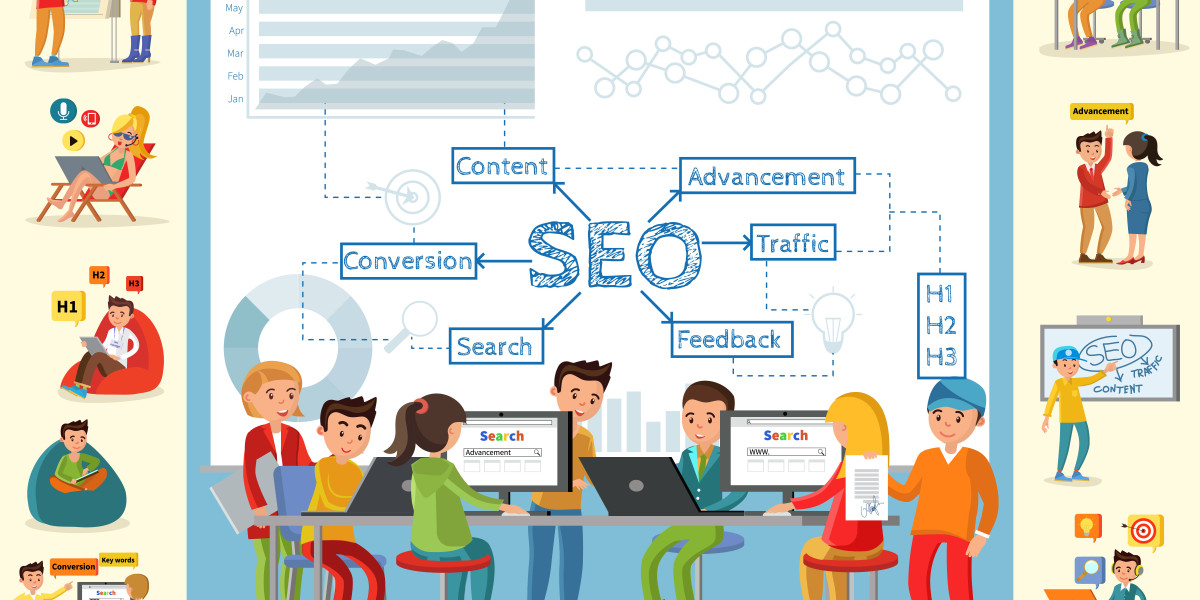In today’s evolving healthcare landscape, claim submission is more than just paperwork—it’s the foundation of financial stability for practices. From capturing patient encounters to ensuring accuracy in billing codes and payer rules, every step must be precise. That’s why many providers partner with experts for Claim Submission to minimize denials, accelerate reimbursements, and keep operations efficient. When combined with professional Medical Billing Services, claim submission transforms into a powerful tool to enhance revenue and reduce administrative stress.
Why Claim Submission Matters in Healthcare
Claim submission is the bridge between the care you provide and the payments you receive. An error-free claim helps practices:
Get timely reimbursements.
Minimize denials and rejections.
Ensure compliance with payer and federal guidelines.
Reduce the administrative burden on staff.
Given the complexities of medical coding, payer requirements, and constant regulation changes, claim submission done manually or without expertise often leads to delayed payments and lost revenue.
The Claim Submission Workflow Explained
Healthcare claim submission typically involves several steps, each of which demands accuracy:
Patient Information Verification
Correct demographics, insurance details, and eligibility verification reduce claim rejections at the start.Medical Coding
Assigning the correct ICD-10, CPT, and HCPCS codes ensures services are properly represented and compliant with payer standards.Charge Entry
Entering the right service charges tied to the codes prevents discrepancies during payer review.Claim Creation
Claims are prepared electronically (ANSI 837 format) or on paper (CMS-1500/UB-04 forms).Claim Scrubbing
Claims undergo automated checks for coding, demographic, and compliance errors before submission.Submission to Payers
Claims are sent through clearinghouses or directly to insurance companies.Payer Adjudication
The insurer reviews the claim, checks coverage, and either approves, denies, or requests additional information.Payment Posting
Approved claims lead to reimbursements, which must be reconciled against expected amounts.Denial Management
Denied claims are reviewed, corrected, and resubmitted quickly to avoid revenue loss.
Challenges in Claim Submission
Even with a robust process, claim submission faces frequent challenges:
Incorrect Coding: One of the biggest causes of denials.
Eligibility Issues: Patient coverage lapses or mismatches.
Incomplete Documentation: Missing notes, signatures, or test results.
Regulatory Changes: New payer rules or federal policies that impact submissions.
Timely Filing Deadlines: Missing deadlines results in claim rejections with no chance for appeal.
Addressing these issues requires a proactive, expert-driven approach.
The Role of Medical Billing Services
By outsourcing claim submission to experts, practices can:
Improve claim acceptance rates.
Access certified coders and billing professionals.
Ensure compliance with HIPAA and payer rules.
Save time for physicians and staff to focus on patient care.
In fact, efficient Medical Billing Services not only streamline claim submission but also support eligibility checks, denial management, and accounts receivable follow-ups.
How Claim Submission Impacts Revenue Cycle Management
Claim submission is not an isolated task—it is the heart of the revenue cycle. Errors in claims lead to delayed payments, revenue leakage, and cash flow challenges. Accurate and timely claim submission:
Strengthens cash flow.
Reduces administrative workload.
Improves practice profitability.
Enhances patient satisfaction by minimizing billing disputes.
Benefits of Partnering with Experts in Claim Submission
Professional claim submission services bring measurable advantages:
Higher First-Pass Acceptance Rate – Minimizes denials and rework.
Faster Payments – Accelerates payer reimbursements.
Improved Compliance – Keeps your practice aligned with payer regulations.
Reduced Administrative Costs – Less time spent on billing issues.
Scalability – Practices can handle larger patient volumes without billing bottlenecks.
Technology in Claim Submission
Modern claim submission heavily relies on advanced technology:
Claim Scrubbing Tools – Automated error detection before submission.
EHR Integration – Seamless flow from patient encounter to billing.
Analytics Dashboards – Monitor denial rates, payer trends, and cash flow.
AI-Powered Coding Tools – Improve accuracy and compliance.
Technology ensures claim submission is not just efficient but also transparent and auditable.
Best Practices for Error-Free Claim Submission
To optimize claim submission, practices should follow these best practices:
Conduct Regular Staff Training – Keep teams updated on coding and billing changes.
Use Automation – Implement software for eligibility verification and scrubbing.
Perform Internal Audits – Identify recurring mistakes early.
Track Denials – Create feedback loops to reduce future rejections.
Work with Experts – Partner with professional claim submission providers for consistent results.
Future Trends in Claim Submission
The healthcare industry is evolving, and claim submission will continue to adapt:
AI and Machine Learning will reduce coding errors.
Blockchain Technology may enhance payer-provider data security.
Value-Based Care Models will influence how claims are submitted and reimbursed.
Real-Time Eligibility Verification will further reduce rejections.
Conclusion
Claim submission is more than an administrative necessity—it’s the financial lifeline of any healthcare practice. Partnering with experienced providers ensures accurate, timely, and compliant submissions, resulting in better revenue cycle performance. Whether you’re running a small clinic or a large healthcare organization, the right strategies in claim submission protect your bottom line and allow you to focus on patient care.
FAQs on Claim Submission
1. What is claim submission in medical billing?
Claim submission is the process of sending medical service claims to insurance companies for reimbursement.
2. What are the two types of claim submission?
Electronic (ANSI 837) and paper-based (CMS-1500 or UB-04).
3. How long does claim submission take?
Electronic claims can be processed within days, while paper claims may take weeks.
4. What are common reasons for claim denials?
Incorrect coding, missing documentation, ineligible coverage, or missed filing deadlines.
5. Why outsource claim submission?
Outsourcing reduces errors, speeds up payments, and ensures compliance with ever-changing payer rules.
















